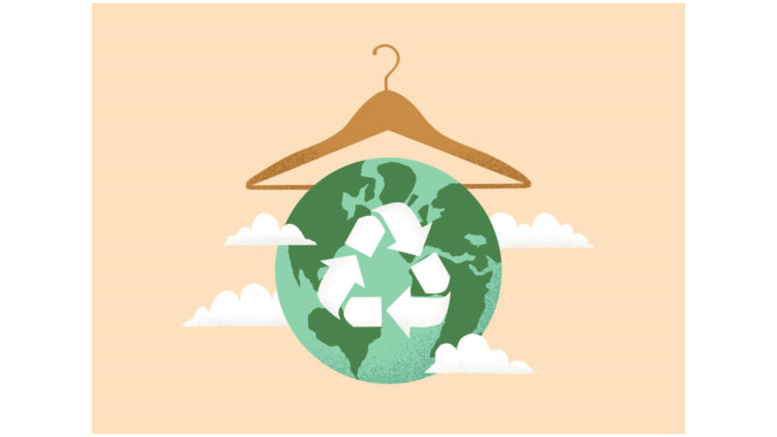The topic of sustainability in business is by no means cutting-edge. It has been a while since businesses started adopting pro-environment practices. Of course, motivations are often limited to the need to comply with regulations. Many businesses are also motivated by the need to dilute the damage caused to their reputation by the damage they have caused the environment. Take fashion for instance.
Fashion looks pretty but the truth is also that fashion production makes up 10% of humanity’s carbon emissions, dries up water sources, and pollutes rivers and streams. A few fashion brands are recognising their role in the pressing threat of limited resources. Today, a brand like Patagonia that first made its commitment to sustainability in 1986 is no longer an outlier. Several start-up companies have mushroomed in recent years in the domain of circular fashion. Several giant brands are partnering with tech innovation companies, slowly but surely inching towards circular fashion.
Circular fashion is a system where the manufacture of an item and the end of its life are equally important, as the aim is to prevent waste by intentionally designing items to be reusable, repairable, biodegradable and recyclable. The concept envisions the industry as an almost endless circle in which materials are kept in use for as long as possible.
Patagonia’s Worn Wear program started around a decade ago offers to repair your Patagonia clothing, and if the clothing is beyond repair, it will recycle it for you. This in turn helps them stay connected with their audiences making it profitable to be sustainable.
Innovation companies like Circ are collaborating with textile and fashion brands to help shape the future of fashion into a more circular one. To encourage and enable more of these, an innovation platform called Fashion for Good was set up 5 years ago to connect those working on sustainable innovation across the globe with brands, retailers, manufacturers and funders to bring new ideas and technologies from niche to norm. From polyester alternatives made from algae, to blockchain technology making the supply chain more transparent – they have a network of innovators, each working on disruptive solutions to support circular fashion
Dutch company DyeCoo that has partnerships with Nike and Ikea has developed a process of dyeing cloth that uses no water at all, and no chemicals other than the dyes themselves. This is remarkable considering the textile industry is notorious for using vast quantities of water and chemicals and producing huge amounts of toxic wastes.
Here in India, since 2019, entrepreneur and sustainability expert Saachi Bahl has hosted the ‘Conscious Effort’ conclave in New Delhi every year. The theme for 2023 was ‘Innovation & Craftsmanship—Future of Sustainable Design’.
What is interesting to note is that the driving force behind the embrace of the circular economy in the fashion industry is consumer demand. At the core of this concept is knowing where things come from, what they are made of, who made them, and being accountable for the overall lifecycle of our belongings. A growing number of people are being vigil of this, not just the fashion-forward.. Consequently, a company’s impact on the environment has gone from being about serving corporate social responsibility to catering to their consumer’s sense of social responsibility.
Companies can no longer ignore the impact of their business on the environment as audience attention increasingly shifts away from what is advertised to them to pretty much everything else about the company.
Circular fashion is an offshoot of the circular economy – an economic model of production and consumption, which involves sharing, leasing, reusing, repairing, refurbishing and recycling existing materials and products for as long as possible. The focussed attention the model got from the textile and fashion industry gave birth to the concept of ‘circular fashion’. It is now officially cool to re-think existing systems for effective, profitable, win-win ways to embrace a circular economy.
The views and opinions published here belong to the author and do not necessarily reflect the views and opinions of the publisher.



Be the first to comment on "How ‘Circular’ became fashionable"